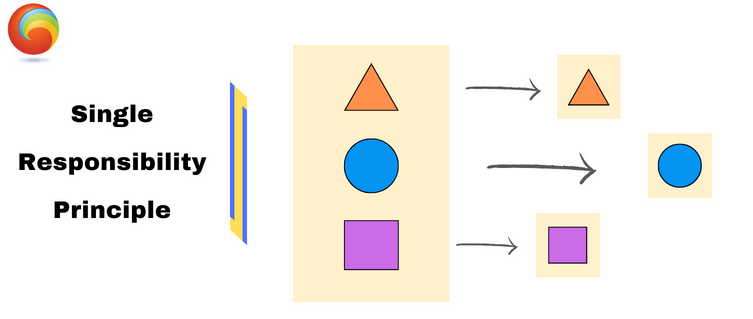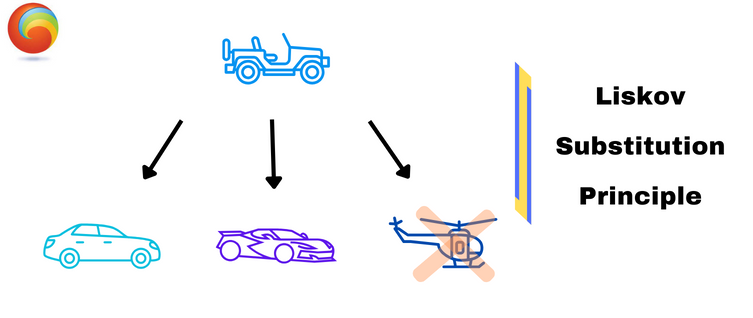In the world of software development, writing code that is maintainable, scalable, and flexible is crucial. The SOLID principles provide a set of guidelines that help achieve these goals. These principles, coined by Robert C. Martin (Uncle Bob), serve as a foundation for writing clean, robust, and easily maintainable code.
In this blog post, we will explore each of the five SOLID principles and understand how they can improve our object-oriented programming practices.
Single Responsibility Principle (SRP):
The Single Responsibility Principle (SRP) states that a class should only be responsible for one specific task or have one reason to change. This SOLID principle emphasizes the importance of keeping classes focused and specialized, giving them a clear purpose.
By following the Single Responsibility Principle, we ensure that each class has a single responsibility, which enhances the readability, maintainability, and modifiability of the codebase. When a class has multiple responsibilities, changes in one area may inadvertently affect other areas, leading to tightly coupled code and difficulty maintaining it.

Single Responsibility Principle
Open-Closed Principle (OCP):
The Open-Closed Principle emphasizes that software entities (classes, modules, functions, etc.) should be open for extension but closed for modification. Instead of modifying existing code, we should strive to extend functionality through inheritance, composition, or interfaces.
By following this SOLID principle, we can introduce new features without modifying existing code, reducing the risk of introducing bugs and ensuring that changes have minimal impact on the existing system.

Open-Closed Principle
Liskov Substitution Principle (LSP):
The Liskov Substitution Principle (LSP) asserts that subclasses should be able to replace their parent class without causing any issues with the program’s correctness. In other words, objects of the derived classes should seamlessly substitute for objects of the base class. Adhering to LSP ensures that the behavior and functionality of the program remain intact when substituting objects, promoting a robust and predictable system.

Liskov Substitution Principle
In other words, derived classes should be able to substitute for their base classes seamlessly. Violating the Liskov Substitution Principle can lead to unexpected behavior, such as...
Continue reading more about the types of SOLID principles and their explanations here!
Interface Segregation Principle (ISP)
Dependency Inversion Principle (DIP)
Thank you for reading!
Frequently Asked Questions
Why were the SOLID principles created, and what challenges in software development do they address?
The SOLID principles were developed to address common challenges in software development, such as code maintainability, scalability, and flexibility. These principles aim to provide a structured approach to writing clean and robust code that is easier to understand, test, and modify.
Provide a real-world example of how the Single Responsibility Principle (SRP) can improve code readability and maintainability.
In web development, a class responsible for handling user authentication should focus solely on authentication-related tasks. This separation of concerns makes the code more modular, and changes to authentication logic won’t impact other parts of the application.
How does adhering to the Open-Closed Principle (OCP) contribute to a more resilient and adaptable software system?
By following OCP, software entities become open for extension, allowing new features to be added without modifying existing code. For instance, in a content management system, you can introduce new content types without altering the core content handling code. This approach minimizes the risk of introducing bugs and maintains system stability.
Explain a scenario where a violation of the Liskov Substitution Principle (LSP) could lead to unexpected behavior in a program.
Imagine a geometry application where different shapes inherit from a common ‘Shape’ class. If a derived shape, like a circle, doesn’t correctly implement methods like ‘calculateArea’, it violates LSP. In such cases, calculations involving circles may produce incorrect results, leading to unexpected behavior in the program.
How does the Dependency Inversion Principle (DIP) make software systems more adaptable to change and easier to maintain?
DIP encourages the use of abstractions and dependencies on interfaces rather than concrete implementations. In practice, this means that when you need to replace a component or adapt to changes, you can do so by creating new implementations that adhere to the same interface. This modularity simplifies maintenance and reduces the risk of breaking existing functionality when making changes.
